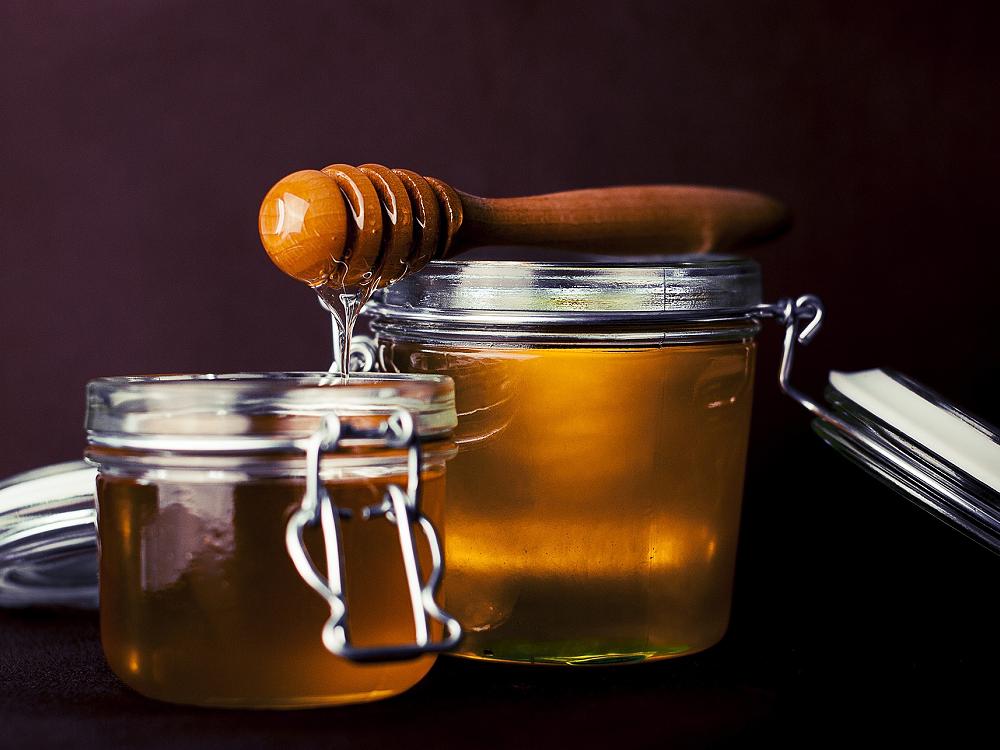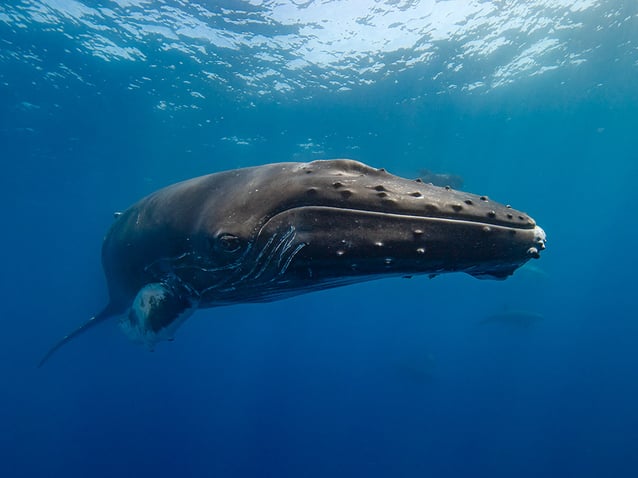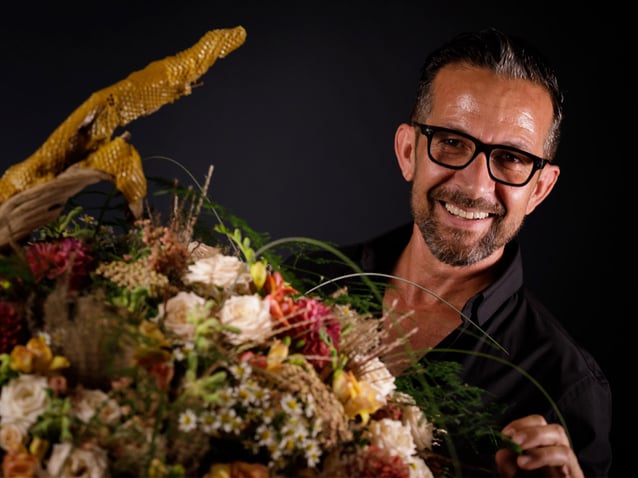
Here’s another bit of sweetness you can add to the wonders of Tenerife: the island’s delectable Spanish honey. Today, as we follow all the paths to culinary delight, not just those that lead to restaurants, we’ll tell you everything we can about this nectar of the gods. This delicious Canary Islands food won a D.O. in 2014, and is unlike any other product on the planet thanks to the archipelago's particular climate and orographic characteristics.
What makes Canary Islands honey so special?
Honey is a substance that normally needs little introduction. While it is practically homogenous in most places on Earth, here on the Canary Islands, and particularly on Tenerife, there is tremendous variety over a small geographic territory. This is due to our island having a very peculiar climate, with a north that is humid and a south that is more arid. This diversity, together with the volcanic earth, has, over millennia, evolved a great variety of flora and some hybrids that are unique in the world.
To the autochthonous floral variations we must add the fauna. The islands are home to a subspecies of bee, the Canary Islands black bee, a jewel of biodiversity that has adapted itself to the particuliarities of the climate and the local flora to create excellent honeys that offer an infinite number of surprising nuances, aromas, and characteristics. All this, together with the care and dedication of the islands’ apiculturists, experts in how the bees work in this very special environment, allows for the production of a Spanish honey that stands out against any other for its originality, diversity, and contrasts.
We can find a variety of honeys that range from light tones with mild flavours, like Tajinaste Honey, to darker, more intense honeys like Honey de Monte or Honey de Castaño, passing through every shade of amber and gold you can imagine. If you want to give this delicacy a try, just enter a local market near your luxury home on Tenerife, poke around the typical products, and get your palate ready. You’ll find honeys derived from multiple flowers, in which there is no dominating floral source, to monoflorals that offer more personality and contrast. In fact, the DOP Tenerife Honey is a collection of 13 varieties of monofloral honeys: Retama de Teide, Tajinaste, Aguacate, Castaño, Brezal, Relinchón, Barrilla, Hinojo, Poleo, Agave (Pitera), Malpica, Tedera, and Mielada.
Family tradition and sweet recipes
Currently there are more than 600 apiculturists on Tenerife, whose knowledge and dedication have been passed down from generation to generation in order to continue producing artisanal honeys that stand out for their great quality. In addition, their ability to maintain intact the flavour, the aroma and the natural properties of the nectars have turned the consumption of this delicacy into an authentic and particular gastronomic pleasure.
Honey has also become the protagonist of many typical Canary Island dishes, like grilled Palmero cheese with mojos and honey, pork with honey sauce, gofio with honey and almonds, honey soups (a dessert typical at Carnival time), or fried banana with honey. And don’t forget about the very popular honey rum.
You already learned that close to your luxury home at Abama you can easily get your hands on some of the best Tenerife cheese, wines aged in submarine bodegas, and beer with a volcanic touch. Now add Spanish honey to the list of culinary jewels that the Fortunate Isles can offer you, and keep digging for more information about the flavours and aromas of Tenerife food.







